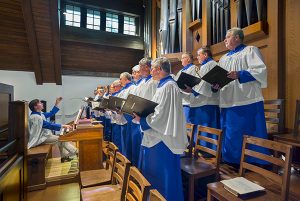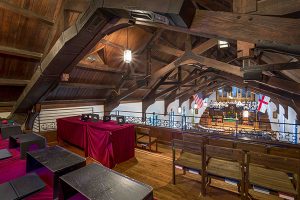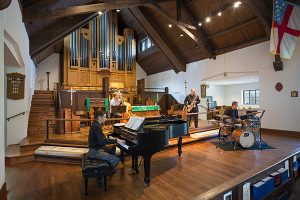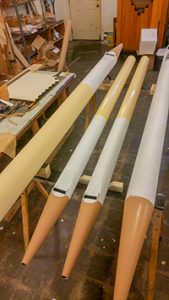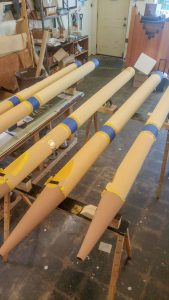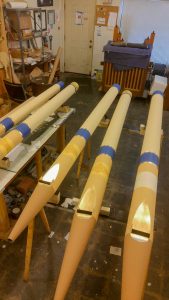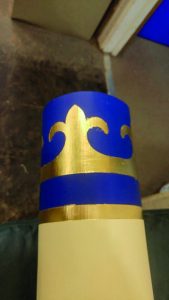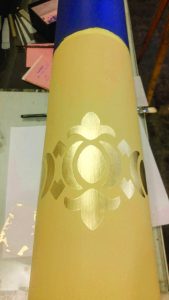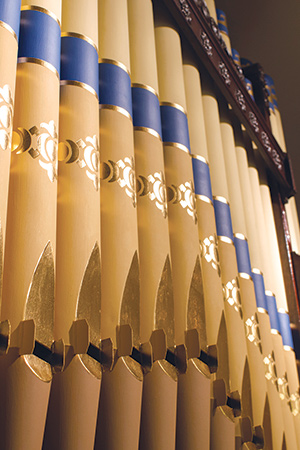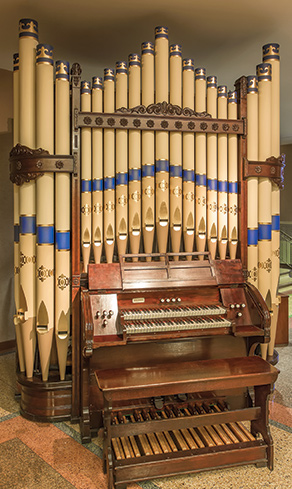The American Guild of Organists (AGO) has been awarded a grant by the National Endowment for the Arts (NEA) to support educational programs and career development for organists, choral conductors, and composers in 2017, including new music commissioned for the AGO National Convention in Kansas City, MO July 2–6, 2018. While the AGO has received regular support from the NEA since 2005, the $25,000 “Art Works” award is the largest grant the arts endowment has ever given to the Guild.
“This grant covers the full breadth of the AGO’s educational activities for current and prospective members as well as our programs of outreach to the public,” stated AGO Executive Director James Thomashower. “The NEA’s funding sends an uplifting message to the entire organ community: our instrument and its music are vitally important to the American people. The award validates the AGO’s ongoing efforts to ensure that music for the organ is created by talented composers, performed by skilled musicians, and appreciated by the widest audience possible. It is an honor for the Guild to be recognized by the NEA, the most prestigious independent federal agency in the United States responsible for funding and promoting artistic excellence, creativity, and innovation.”
In December, the NEA announced that it will award more than $30 million to nonprofit organizations and individuals across the country in 2017. Nearly $26 million of that will be for Art Works, the NEA’s largest funding category. Art Works focuses on the creation of art that meets the highest standards of excellence, public engagement with diverse and excellent art, lifelong learning in the arts, and the strengthening of communities through the arts. The NEA will give 970 Art Works grants to organizations in 48 states, the District of Columbia, and the U.S. Virgin Islands in 2017.
“The arts are for all of us, and by supporting these projects, the National Endowment for the Arts is providing more opportunities for the public to engage with the arts,” said NEA Chairman Jane Chu. “Whether in a theater, a town square, a museum, or a hospital, the arts are everywhere and make our lives richer.”
For a complete listing of projects recommended for Art Works grant support, please visit the NEA website.
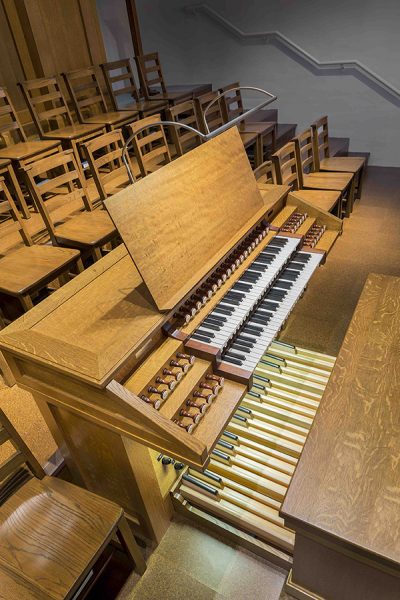 At Fisk, our mission is not only to build superb musical instruments, but also to be collaborative partners in all aspects of a project, to ensure the best and most practical musical solutions for our clients.
At Fisk, our mission is not only to build superb musical instruments, but also to be collaborative partners in all aspects of a project, to ensure the best and most practical musical solutions for our clients.
